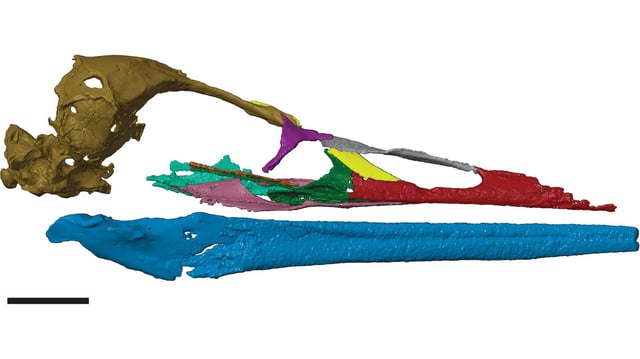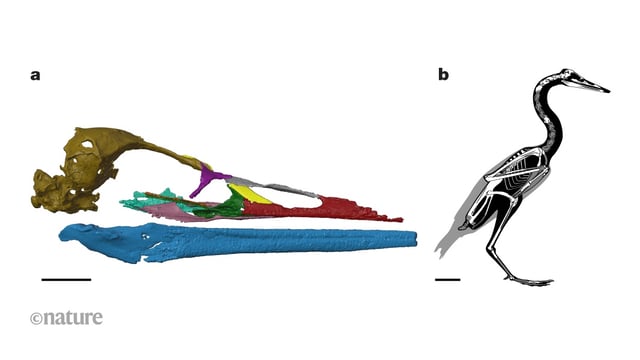Overview
- A fossilized skull of Vegavis iaai, an early relative of ducks and geese, was found in Antarctica and dates back 69 million years.
- The fossil provides the earliest evidence of modern birds, linking Vegavis to the evolutionary group that includes today’s waterfowl.
- Unique skull features, such as a long pointed beak and powerful jaw muscles, suggest Vegavis used underwater propulsion to hunt fish.
- Antarctica's temperate climate during the Late Cretaceous may have served as a refuge for early bird ancestors after the asteroid impact that caused mass extinction.
- This discovery highlights the Southern Hemisphere's critical role in bird evolution and offers a rare, well-preserved glimpse into ancient avian diversity.


